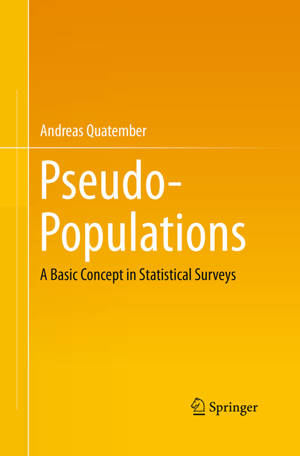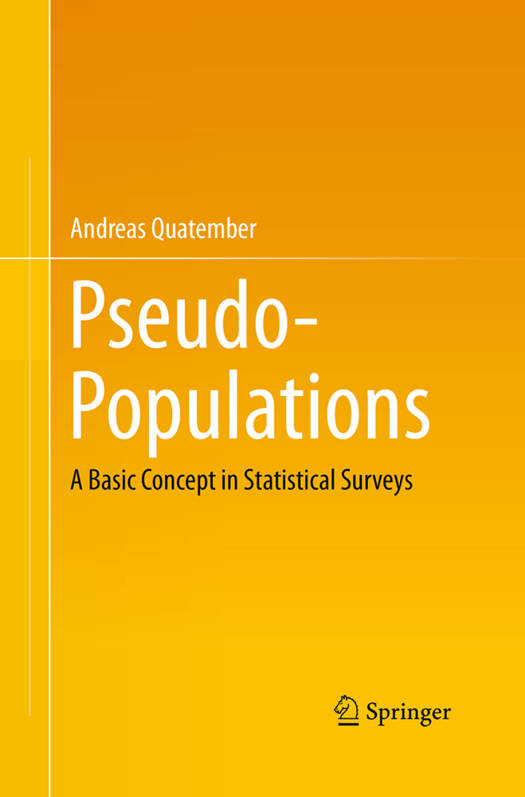
- Retrait gratuit dans votre magasin Club
- 7.000.000 titres dans notre catalogue
- Payer en toute sécurité
- Toujours un magasin près de chez vous
- Retrait gratuit dans votre magasin Club
- 7.000.0000 titres dans notre catalogue
- Payer en toute sécurité
- Toujours un magasin près de chez vous
Description
This book emphasizes that artificial or pseudo-populations play an important role in statistical surveys from finite universes in two manners: firstly, the concept of pseudo-populations may substantially improve users' understanding of various aspects in the sampling theory and survey methodology; an example of this scenario is the Horvitz-Thompson estimator. Secondly, statistical procedures exist in which pseudo-populations actually have to be generated. An example of such a scenario can be found in simulation studies in the field of survey sampling, where close-to-reality pseudo-populations are generated from known sample and population data to form the basis for the simulation process.
The chapters focus on estimation methods, sampling techniques, nonresponse, questioning designs and statistical disclosure control.
This book is a valuable reference in understanding the importance of the pseudo-population concept andapplying it in teaching and research.Spécifications
Parties prenantes
- Auteur(s) :
- Editeur:
Contenu
- Nombre de pages :
- 138
- Langue:
- Anglais
Caractéristiques
- EAN:
- 9783319352800
- Date de parution :
- 23-08-16
- Format:
- Livre broché
- Format numérique:
- Trade paperback (VS)
- Dimensions :
- 156 mm x 234 mm
- Poids :
- 217 g

Les avis
Nous publions uniquement les avis qui respectent les conditions requises. Consultez nos conditions pour les avis.






